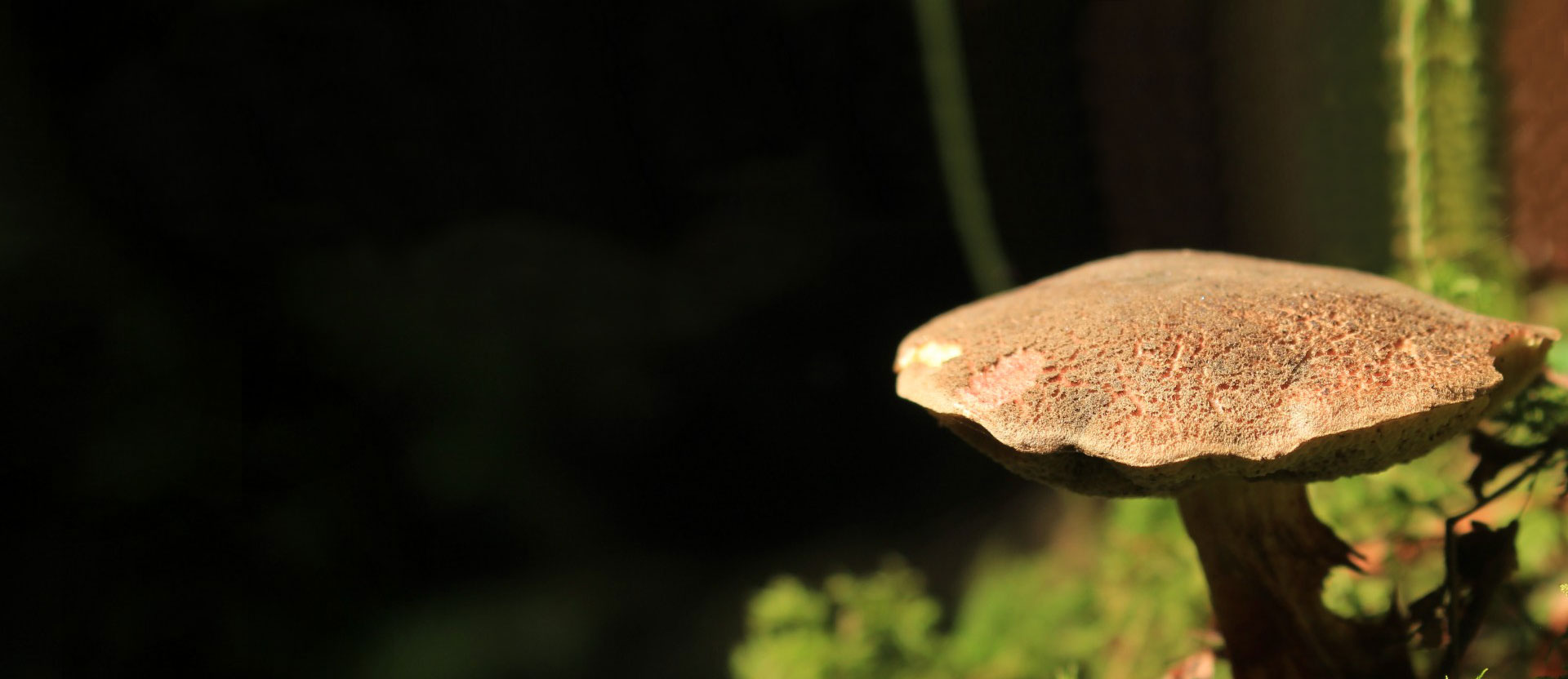Introduction
The Conservation Evidence Journal shares the global experience of those on the front line of conservation practice about the effectiveness of conservation actions. All papers include monitoring of the effects of the intervention and are written by, or in partnership with, those who did the conservation work. We encourage articles from anywhere around the world on all aspects of species and habitat management such as habitat creation, habitat restoration, translocations, reintroductions, invasive species control, changing attitudes and education.
The Conservation Evidence Journal publishes peer-reviewed papers throughout the year collected in an annual Volume. We publish Special Issues and collate Collections on specific topics, such as management of particular groups of species or habitats. To search for papers on a specific topic within the journal select Advanced search, enter your keyword(s) and within the Source box type: "conservation evidence". This will take you to a list of actions that contain Conservation Evidence Journal papers. In order to see the list of individual Conservation Evidence Journal papers on the topic, please click on 'You can also search Individual Studies' at the top of this page.
 Copyright is retained by the author(s). All papers published in the Conservation Evidence Journal are open access and licensed under a Creative Commons Attribution 4.0 International License
Copyright is retained by the author(s). All papers published in the Conservation Evidence Journal are open access and licensed under a Creative Commons Attribution 4.0 International License
The Conservation Evidence Journal is a separate publication within the Conservation Evidence project. Conservation Evidence is a free, authoritative information resource designed to support decisions about how to maintain and restore global biodiversity. You can search for summarised evidence from the scientific literature about the effects of actions for species groups and habitats using our online database.
Latest papers
Outcomes from monitoring the fourth year of a five-year voluntary transition from hunting with lead to non-lead shotgun ammunition in Britain
Green R.E., Taggart M.A., Pain D.J., Clark N.A., Clewley L., Cromie R., Dodd S.G., Huntley B., Huntley J., Leslie R., Porter R., Price M., Robinson J.A., Robinson R.A., Sinclair M.J., Smith K.W., Smith L., Spencer J. & Stroud D. (2024), 21, 6-12
Preview
The 2023/2024 shooting season was the fourth since UK shooting and rural organisations announced their intention that hunters should make a full voluntary transition from the use of lead to non-lead shotgun ammunition by 2025. The SHOT-SWITCH research project has monitored the proportions of wild-shot common pheasants Phasianus colchicus available to consumers in Great Britain that were killed using lead and non-lead shot in each of the shooting seasons since the beginning of the transition. In the study’s fourth season, 2023/2024, 93% of pheasants obtained during the usual sampling period had been killed using lead ammunition. Whilst this indicates a marginal decline in the proportion of pheasants shot using lead since the beginning of the transition, when it was over 99%, much remains to be done if the intended full voluntary transition to non-lead shotgun ammunition is to be achieved in its final season (2024/2025). Some food retailers intend to cease selling game meat products from animals killed using lead ammunition. Our study indicates that whilst all of a small sample of pheasant carcasses obtained from one of these retailers (Marks & Spencer) were from birds killed using non-lead shot, a larger sample obtained from another of the retailers (Waitrose) had mostly been killed using lead shot.
Conservation management of an abandoned copra plantation at Palmyra Atoll, Northern Line Islands, Pacific Ocean
Franklin K., Khalsa M., Hunter S., Kropidlowski S., Carr P. & Wegmann A. (2024), 21, 1-5
Preview
Coconut palms (Cocos nucifera) cultivated for copra are agricultural resources on many of the world’s low-lying tropical oceanic islands where they provide sustenance and economic value to human communities. However, coconut palms, when dominant in island plant communities, can outcompete native plants for above- and below-ground resources. Furthermore, when coconut palms displace native plant species preferred by seabirds as roosting and nesting habitats, they may disrupt beneficial nutrient pathways in both marine and terrestrial ecosystems. At Palmyra Atoll, located in the Northern Line Islands, Pacific Ocean, evaluation of three methods for controlling coconut palm seedlings (foliar herbicide application, cut-stem, and cut-stem combined with herbicide) showed that mortality was highest with the cut-stem combined with herbicide application. A comparison of herbicide volumes injected directly into stems of mature palms showed that mortality increased with herbicide volume; an injection of 10 ml of undiluted Roundup CustomTM herbicide (53.8% glyphosate) achieved 100% mortality within 8 months.
https://www.www.conservationevidence.com/reference/update/12260
Volumes
- Volume 21 | 2024
- Volume 20 | 2023
- Volume 19 | 2022
- Volume 18 | 2021
- Volume 17 | 2020
- Volume 16 | 2019
- Volume 15 | 2018
- Volume 14 | 2017
- Volume 13 | 2016
- Volume 12 | 2015
- Volume 11 | 2014
- Volume 10 | 2013
- Volume 9 | 2012
- Volume 8 | 2011
- Volume 7 | 2010
- Volume 6 | 2009
- Volume 5 | 2008
- Volume 4 | 2007
- Volume 3 | 2006
- Volume 2 | 2005
- Volume 1 | 2004





)_2023.JPG)














